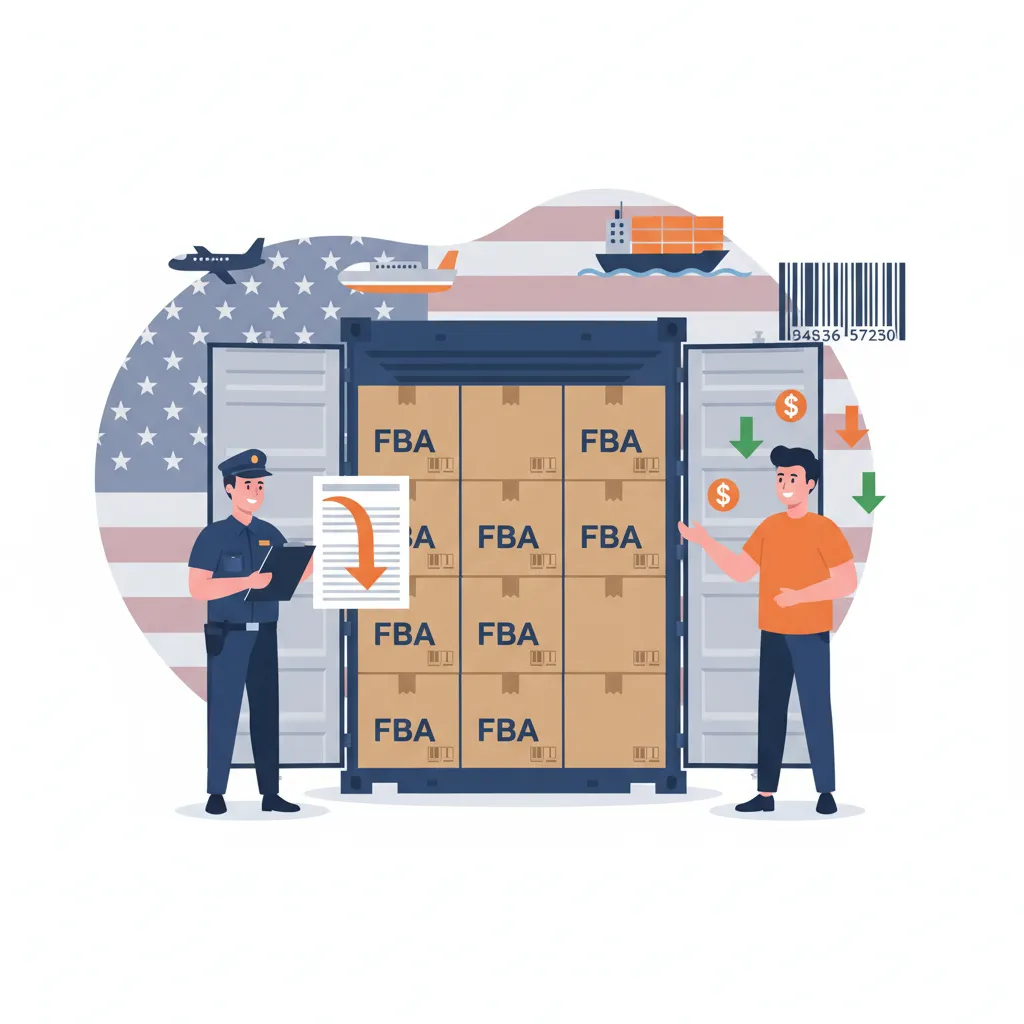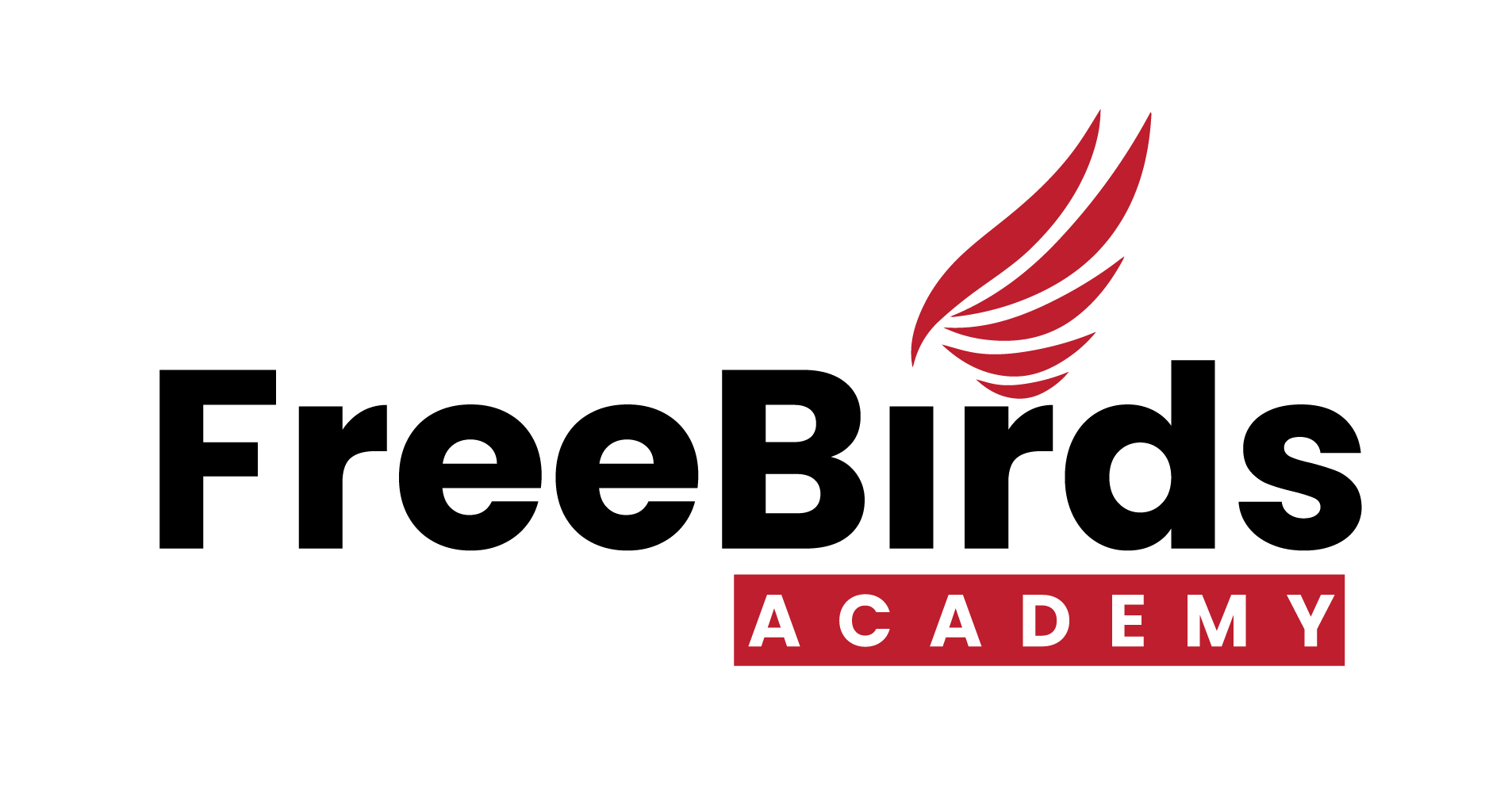
Save Thousands on Tariffs: What Amazon Sellers Should Declare When Shipping Inventory
Introduction
If you’re an Amazon seller shipping products to FBA in the U.S., you’ve probably wondered:
“Do I pay tariffs on my retail price or my manufacturing cost?”
It’s a common question — and one that can cost you thousands if answered wrong. A new FBA importer overpays duties simply because one misunderstand what customs actually taxes.
Let’s break it down so you can ship smart, stay compliant, and protect your profit margins.
1. The Truth About Amazon FBA Tariffs

You don’t pay tariffs on retail value. U.S. Customs and Border Protection (CBP) charges import duties based on the declared customs value — what you paid your supplier — not the price you list your product for on Amazon.
Example:
- You import 1,000 skincare kits.
- Supplier charges $6 each → $6,000 total cost.
- Retail price = $20 each → $20,000 retail value.
Customs duty applies to $6,000, not $20,000.
2. Why Customs Uses “Transaction Value”
CBP bases tariffs on the transaction value, meaning the price you actually paid the manufacturer for export to the U.S. Your commercial invoice — showing that payment — is the key document customs uses.
Tip: Always make sure your invoice, packing list, and declared value match. Any mismatch can trigger delays or additional inspections.
3. Common Mistakes That Cost Amazon Sellers Money

Even experienced sellers slip up when shipping inventory to Amazon FBA. Here’s what to avoid:
Declaring the retail price instead of manufacturing cost.
Under-declaring unrealistically low values (triggers audits).
Using incorrect HS Codes (can raise duty rate).
Not attaching a detailed commercial invoice.
4. Amazon Fees Don’t Affect Tariffs
Your FBA, storage, or referral fees happen after import clearance. Customs doesn’t care how much Amazon charges you. Tariffs only apply to your import value at entry — not your future profit, ad spend, or sales volume.
5. How to Calculate Your Landed Cost
Knowing your landed cost helps you price properly and avoid margin surprises.
Formula:
Landed Cost = Cost of Goods + Tariff + Shipping + Insurance + Inspection
Example:
- Cost of goods: $6,000
- Tariff (5%): $300
- Shipping: $800
Total Landed Cost: $7,100 → $7.10 per unit
6. Legal Ways to Reduce Amazon FBA Import Costs

You can’t avoid tariffs, but you can optimize them legally:
1. Use the correct HS Code.
2. Source smart — leverage Free Trade Agreements like USMCA.
3. Negotiate better supplier terms and request cost breakdowns.
4. Plan shipment size strategically.
7. Key Takeaway
You’re taxed on what you paid your supplier, not what you sell the product for. Declare correctly, keep your invoices aligned, and you’ll stay compliant while saving thousands.
Conclusion
Understanding tariffs isn’t just about compliance — it’s about profit protection. A small misunderstanding about declared value can inflate your import bill and eat into margins. Before shipping your next FBA batch, double-check your declared value and documentation to keep costs predictable and your business scalable.
FAQ: Amazon FBA Tariffs & Import Duties
1. Do I pay tariffs on my retail price or my manufacturing cost?
You pay tariffs based on the manufacturing cost — the amount you paid your supplier. Customs does not consider your retail price or potential profits.
2. Who decides how much tariff I pay?
The U.S. Customs and Border Protection (CBP) determines the tariff rate based on your product’s HS Code and the declared value on your commercial invoice.
3. What if I declare a lower value to reduce tariffs?
That’s risky. Under-declaring can lead to customs audits, shipment delays, or fines. Always declare a realistic supplier invoice value.
4. Are Amazon FBA fees included in tariff calculations?
No. FBA and referral fees are post-import expenses and have no effect on customs duties.
5. How can I legally lower my import duty costs?
Use the correct HS Code, source from countries with favorable trade agreements, and negotiate manufacturing in regions with lower tariff rates.
6. Do I still pay tariff if my items don’t sell?
Yes — tariffs apply when your goods enter the country, not when they sell.


